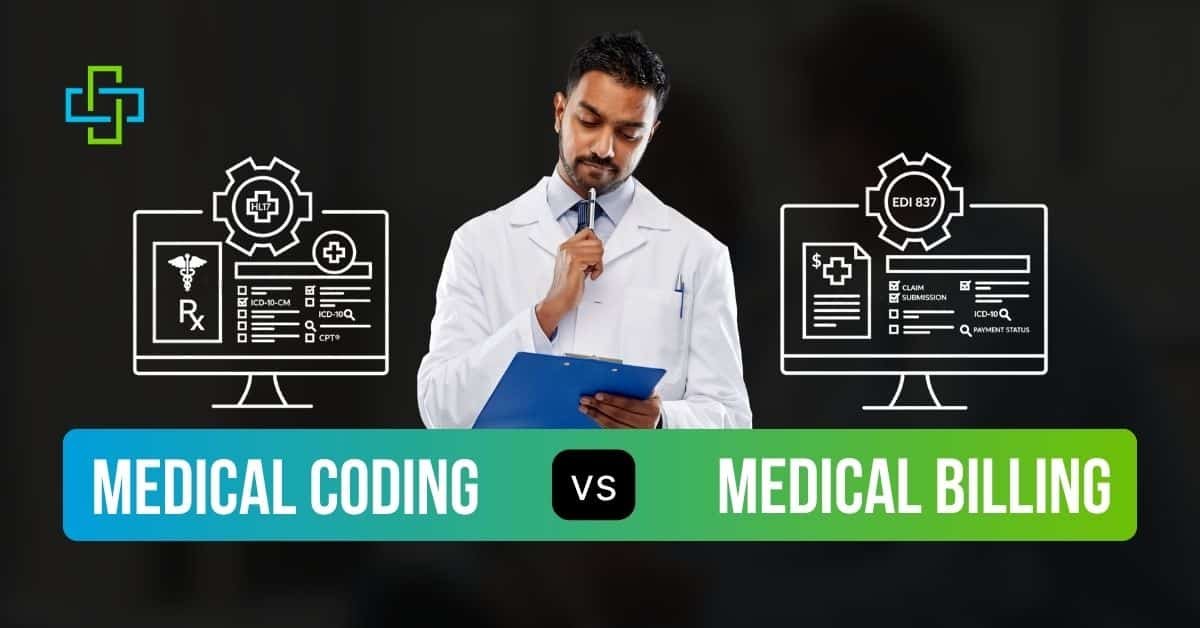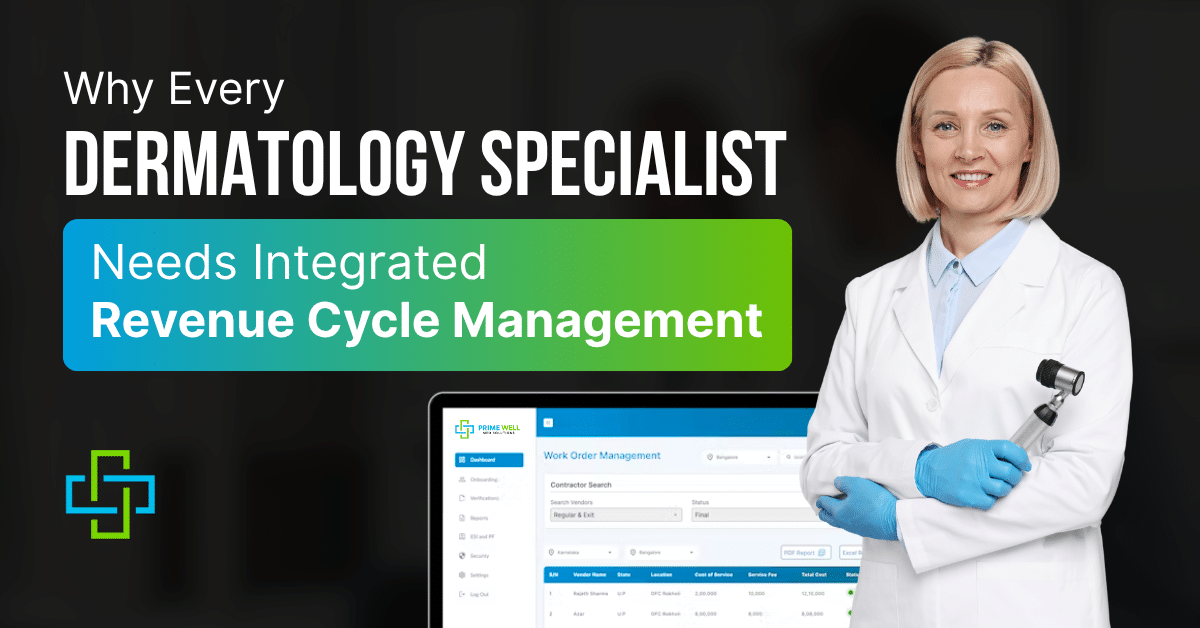The healthcare sector and the policies surrounding it are constantly changing. As a healthcare provider, understanding the basics of MIPS can make all the difference in staying compliant and securing proper reimbursements.
Now is the perfect time to get prepared with a comprehensive MIPS services guide. Learn everything about the latest updates, new requirements, and how to navigate the program successfully. Whether you’re a seasoned professional or a first-time reporter, this MIPS 2025 guide breaks it all down in simple, easy-to-understand language.
What is MIPS?
Merit-Based Incentive Payment System (MIPS) is a program under the Centers for Medicare & Medicaid Services (CMS) that rewards or penalizes eligible clinicians based on their performance within specified categories. To align healthcare with value, MIPS evaluates providers for quality, cost, interoperability, and improvement activities.
MIPS has transformed several times since its inception with each year developing new updates for it to become more effective. MIPS 2025 is no exception, having refinements on reporting requirements, performance measures, and scoring methodologies.
Who Should Report to MIPS 2025?
Not every healthcare provider will be required to report to MIPS. However, if you fit into any of the following, you are supposed to report MIPS 2025:
- You bill Medicare Part B services.
- You exceed the low-volume threshold, which translates to having a minimum number of Medicare patients, services, or allowed charges.
- You are part of a group or an Alternative Payment Model (APM) that is MIPS-eligible.
- To find out whether you are affected to report under MIPS 2025, CMS has a tool for that.
MIPS 2025 Performance Categories
MIPS scores clinicians in four broad categories. Each category carries a different weighted score to the final MIPS score.
1. Quality (30% of Final Score)
This category determines the effectiveness of care provided to patients as reported through quality measures. Clinicians are required to choose measures relevant to their specialty and track patient outcomes, care processes, or appropriate use of medical intervention.
2. Cost (30% of Final Score)
CMS calculates the cost performance through administrative claims data. Providers need not submit any data manually; however, providers must be more efficient and utilize cost-effective strategies in treatment in order to obtain good scores under this category.
3. Improvement Activities (15% of Final Score)
This category reimburses providers based on activities which are aimed to improve care coordination, patient engagement, and improved health outcomes. The activities encompass programs for education to patients, initiatives for management, and programs intended to provide improved access.
4. Advancing Care Information (25% of Final Score)
This category assesses the use of EHR technology to enhance patient access to data and improve communication between providers. To achieve full points, clinicians must meet specific reporting requirements and demonstrate meaningful EHR use.
At Prime Well Med Solutions, we simplify MIPS reporting for healthcare providers. As a trusted MIPS reporting company, we help you navigate performance categories, optimize scores, and secure maximum reimbursements. With ever-changing regulations, staying compliant is crucial. Our experts ensure seamless reporting, improved patient outcomes, and reduced penalties.
Let’s make MIPS stress-free—partner with us for accuracy, efficiency, and success in MIPS 2025!
MIPS 2025 Updates and Changes
Every year, CMS defines new improvements in the MIPS program to reflect more accurately the changing healthcare needs.
Some of the changes introduced in MIPS 2025 are as follows:
- Increased reporting thresholds to allow for accurate and meaningful reporting.
- Refined quality measures that adapt existing ones or introduce new measures to reflect clinical guidelines.
- Cost evaluation will also be expanded through additional cost measures to better indicate provider efficiency.
- Interoperability requirements will also be enhanced for EHR usage, focusing on seamless data exchange and patient engagement.
- New initiatives to reduce healthcare disparities among various patient populations.
Understanding these changes is important to ensure compliance and maximize performance in MIPS 2025.
MIPS 2025 Guide: How to Prepare for Success?
1. Review Your Past Performance
Reviewing past MIPS scores will help you know where you have to improve. Focus on categories where you scored lower and devise strategies to improve your performance.
2. Select the Right Measures
When you select quality measures appropriate for your specialty, it will be very important. Seek experts or use resources from CMS to know what are the best measures for your practice.
3. Use Technology
Leverage advanced EHR systems and data analytics tools. Such can streamline reporting, make data more accurate, and improve performance in interoperability.
4. Improvement Activities
Take part in patient care improvement activities that fall within MIPS improvement activities. Implement minor changes, such as better follow-ups on patients or care coordination, to affect your score.
5. Cost Efficiency
Least occurring on the cost component is utilization with proper use of resources. Adopt practices that avoid unnecessary tests and hospitalizations without compromising quality of care.
6. CMS Guidelines
MIPS policies keep on updating. So updates from CMS, and regulatory changes need to be updated.
What Happens If You Don’t Comply?
Failure to achieve the MIPS 2025 goal results in penalties to Medicare payments. On the contrary, an entity’s outstanding performance earns bonus payments—leading to increased revenue and an enhanced reputation. Moreover, failure to report MIPS results may lead to a loss of 9 percent of Medicare payments. This MIPS 2025 guide serves as the motivation and resource clinicians need to take MIPS Value Pathways seriously and aim for high scores.
Wrapping Up!
MIPS 2025 is an avenue for healthcare professionals to improve patients’ care services while earning significant financial benefits. Following the right strategies and understanding what the program expects can make all the difference. This comprehensive MIPS 2025 guide equips clinicians with the knowledge and tools needed to navigate the complexities of MIPS and achieve optimal performance.
If you need additional support, you can contact us to get a strategy for your practice!





